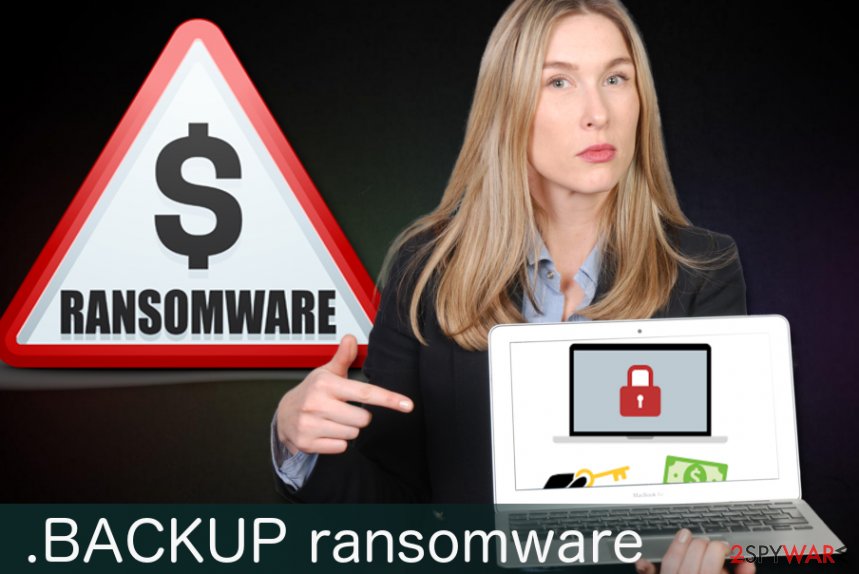

- #Backups and encrypto virus android
- #Backups and encrypto virus software
- #Backups and encrypto virus password
You also shouldn't create one on devices you share with other people, like your family computer, as anyone using the device will have access to your Google account. However, Workspace account administrators will enable passkeys for user sign-ins " soon". That said, you shouldn't be able to make a passkey using a Google Workspace account through a school or employer. Passkeys should only be created on devices you personally control. You also need to enable screen lock, especially Bluetooth, if you want to use passkeys on the phone to sign in to another device.

#Backups and encrypto virus android
Google has listed what you'll need in order to create a passkey: Windows 10 or macOS Ventura (or later) running Chrome 109, Safari 16, or Edge 109 (or later), or iOS16 or Android 9 (or later) on a mobile device.
#Backups and encrypto virus software
Minimum hardware and software requirements However, according to the FIDO Alliance, some regulatory bodies have yet to make this recognition, something the alliance is already actively working towards. It's worth noting that passkeys use the three common types of information used in MFA: Something you have (like a smartphone), something you are (your biometrics), or something you know (like a PIN or pattern). Like passkeys, it's another passwordless method of authentication.

Phishing and breach protection. Because passkeys cannot be stolen, phishers won't be able to get their hands on your account credentials.Passkeys also make upgrading to a new device easier, as you only need to sync it with the rest of your devices. This prevents a user from getting locked out if they lose a device. For example, a passkey created on your iPhone will also be available on your other Apple devices if you're logged in to the same iCloud account. " Backup" key. Some platforms securely back up your passkeys and sync them with other devices.If you create a passkey for your laptop-or for each device you own-you won't need your phone anymore to access your Google account. Synchronizing the passkey to the device isn't needed as long as the phone is near the device and you approve the sign-in on your phone. In that case, you can use this passkey to access that Google account on other devices like a laptop. Guaranteed access. Suppose you created a passkey on a Google account you access with your smartphone.The blog authors identified some benefits users could get out of using Google passkeys: 2SV (2FA/MFA) helps, but again puts strain on the user with additional, unwanted friction and still doesn’t fully protect against phishing attacks and targeted attacks like 'SIM swaps' for SMS verification. In addition, even the most savvy users are often misled into giving them up during phishing attempts. Choosing strong passwords and remembering them across various accounts can be hard. "Using passwords puts a lot of responsibility on users.
#Backups and encrypto virus password
It also means the account cannot be subject to an attack as a result of a weak password or password re-use, because there is no password. This method of authentication makes accounts significantly more resilient, because, unlike a password, the key can't be phished, stolen from the website it's stored on, or intercepted in transit. When a Google user logs in to their account using a passkey, Google checks if the website has a corresponding public key. Websites have no access to the value of the passkey. The public key is stored on the side of the app or website, while the private key, a main component of the passkey, is stored on the device. Passkeys are generated using public-key cryptography, or asymmetric encryption, which involves using a pair of public and private keys. In a recent blog post, the tech giant introduced the option to create and use a safer, more convenient alternative to passwords: Passkeys, a form of digital credential. So, how do they work? Google has just brought users closer to a passwordless future.


 0 kommentar(er)
0 kommentar(er)
